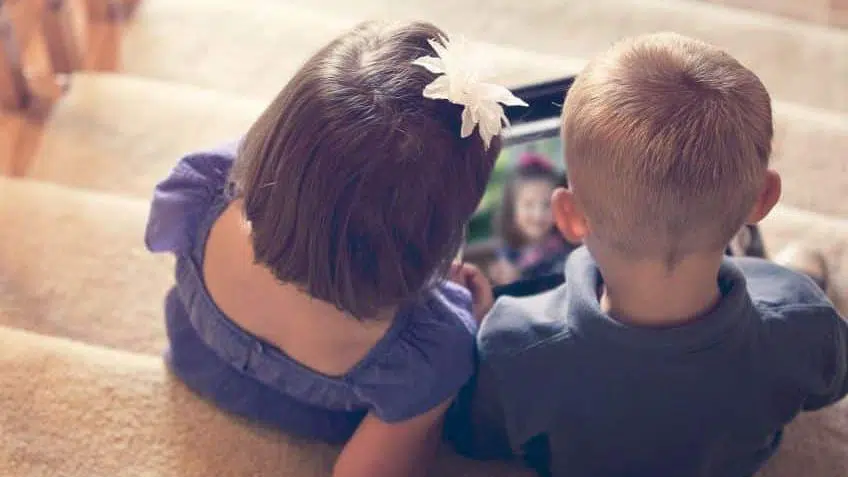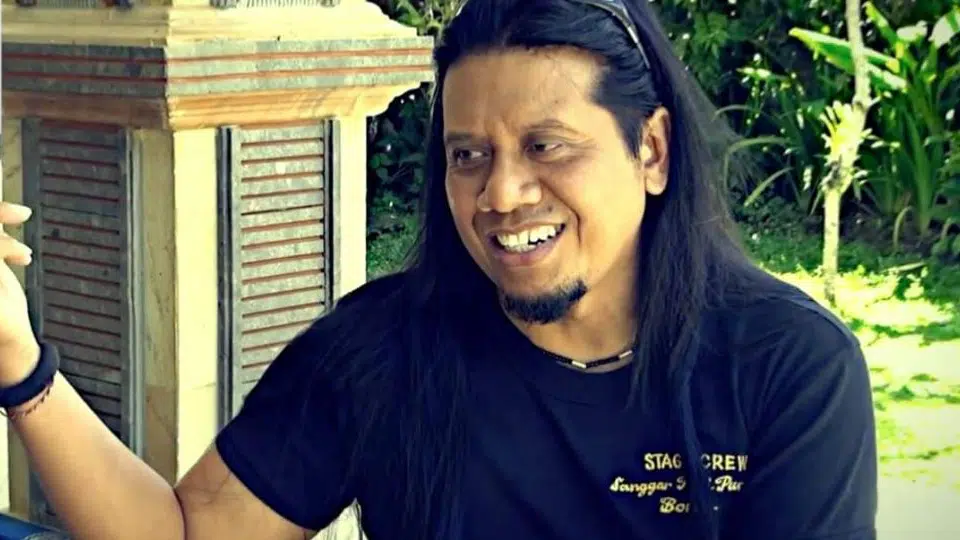Digital media exposure for children of all ages should be limited, according to new guidelines from the American Academy of Pediatrics. Children 18 months and younger should be given no screen time. Children between the age of 2 to 5 may be given screen time upto one hour per day. Read the article on CNN.
How I dealt with screen time with my 5 year old. Is screen time good or bad for children?
My son is 5 years old and gets moderate and controlled access to the screen. We allow him approximately 25-30 minutes of overall screen time in a day although he is exposed to secondhand TV (When TV is on and no one is watching) since we live in a joint family and I am a working parent.
The Non-screen Days:
There was a time when he was exposed to no screen time at all and I was super proud of that. We read books (which we still do), made puzzles (which we still do), and played board games (which we do a lot lately) but we did not watch the screen. Back then I was ‘By the book mommy’, we never watched television in the house, kept our phones away from him, didn’t download any apps on our phones and although it was torturous for my husband, I even deleted all the games on his phone. Yes, I am guilty of all that and more only to keep my child away from the wretched, poisonous, passive screen. So you can well imagine how I must have felt when my toddler discovered the screen. I was devastated, for he looked for YouTube on my phone and when he didn’t find it he asked for it.
How he discovered the screen.
I don’t know how it started, I think Viraaj watched an episode or two with his cousins who were visiting us and then got hooked on. Of course I resisted but that didn’t solve much and we began giving him five minutes of screen time everyday and 30 minutes on Sundays. He started with Peppa Pig on YouTube for 5 minutes and Dora the Explorer on Nick Jr for 30 minutes. I won’t deny how entertaining I found both the shows myself. I too was equally engrossed and co-engaged with him whenever he tuned in and gradually his grandfather, who is usually home only on Sundays, started enjoying watching Dora the Explorer with him. Pretty soon we realised ‘screen time’ was also becoming ‘together time’ for us as a family. I also realized that at times when I really needed to send that urgent email and my son was being overly clingy I bartered a 5 minute break for myself in exchange for a 5 minute episode of Peppa Pig on Youtube for him.
How I overcame my guilt.
Although I was warming up to the idea of screen time being okay (in moderation) I was carrying an undefined guilt in my heart – Was I getting carried away? Was I using the screen to buy myself some ‘me time’? Was I using the screen as a means to get him off my hair? Was my son’s brain rotting each time he tuned into a show he enjoyed?
Endless questions began popping in my head and of course I looked to my peer parents for answers. Alas! They were in the same boat. Pretty soon I realised in today’s day and age screentime is inevitable. Then one day while I was driving back home, Viraaj said ‘Wear your seatbelt mumma.’ My chest swelled with pride and I smiled, ‘You are absolutely right. Right away darling.’ I said as I adjusted the seat belt.
Once we were back home, he demanded for his 5 minutes of screen time and we watched an episode where the characters spoke about fastening seat belts. ‘So that’s where you learnt it from?’, I asked. ‘Yes!’, he said.
The next day he said ‘Mumma let’s make a time capsule. I think it would be so much fun to discover it when I grow up.’ ‘Did you know owls and bats are nocturnal?’ and when I said ‘Where did you learn that from?’, he said, ‘I am a clever clogs.’ Of course he had picked that up from one of the shows he was watching. That’s when I realised that screen time is not bad afterall, in fact much of its potential for being good depends on us as parents.
Whether the child is 3 or 13, screen time can prove good if monitored, disciplined and most importantly done as a parent and child activity. It’s easier for parents of children aged 2.5 – 7 years to join their children in the digital world whenever possible. For others, it is absolutely necessary to familiarize themselves with their children’s media choices even if they don’t share them actively.
My son got exposed to the screen when he was 3.5 years old, at 5 he has access to the screen still and we respect his choices but his screen time is monitored either by me or my husband. We have ground rules for when, where and how long he can engage in screen time. We have screen-free zones in our home and of course all that he is exposed to is under our supervision. We are aware of the potential dangers of unassisted and prolonged screen time and are literally on tenterhooks as far as screen rules are concerned.
2 Nutty Cents on ‘Is screen time good or bad for children?’
As a parent my recommendations to other parents would be:
- The penetration of media in our lives is overwhelming, therefore screen time is inevitable however time spent on the screen can be good or bad for children, depending on its use.
- Set ground rules and stick to them. 10 minutes means 10 minutes. Keep track of time and be strict about it.
- Use the screen constructively: Research on what’s good for your child and introduce that to your child. [ I am working on a blog post with a list of recommended apps for children. Don’t forget to subscribe to our youtube channel and blog. ]
- Make a routine for your child and don’t get lazy about it. There should be no screen time before going to bed so don’t stop reading books to your child at bedtime.
- Screen time should be monitored. So even if it means you hover over the screen while your child is on it so be it.
- Make ‘screen time for children’ your ‘together time’. Try and be co-engaged with your child on screen and make it about you both.
- Be a good role model for your child. Once you are back home you too must restrict your engagement on the screen.
So cut yourself some slack but don’t forget life is about moderation!



